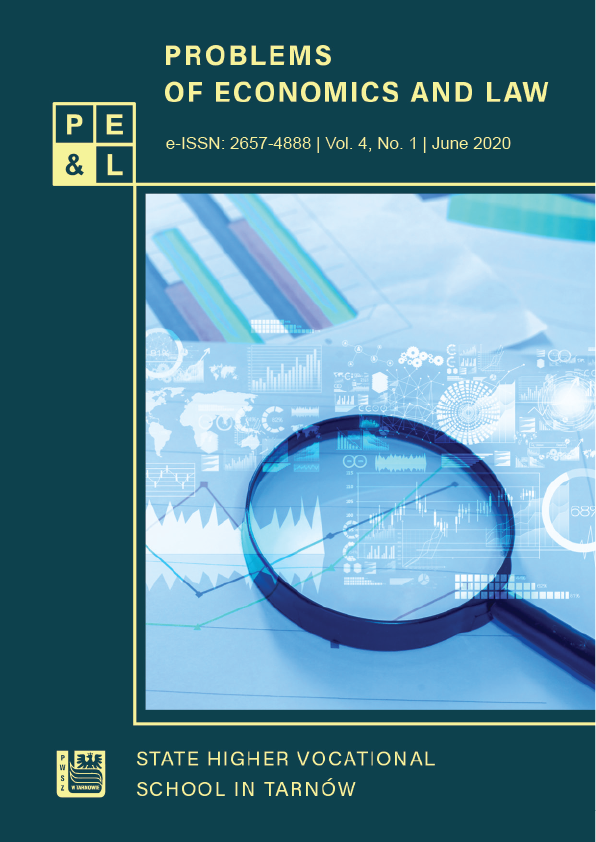Digital ruling out but the social exclusion, that is about power of the determination of the degree of the participation in the society through the access to information technologies
DOI:
https://doi.org/10.5604/01.3001.0014.3051Keywords:
social exclusion, digital exclusion, synthetic variable, ranking, rank correlation coefficientAbstract
Aim: The aim of the paper is to look close at the phenomenon of digital exclusion and its level across voivode ships in Poland and consequently construct ranking arrangement. Digital exclusion is then to be seen in the context of social exclusion and the interdependence of the two are measured and explained.
Data and methods: The data for the investigation come from the Local Data Bank of the Central Statistical Office. The research procedure is based on statistical methods of linear classification of objects as well as chosen correlation measures.
Results: The application of statistical tools of objects classification allowed to distinguish groups of voivode ships of high, moderate and low level of ICT (Information and Communication Technologies) access. The results were compared with parallel outcomes for the investigation of social exclusion. For both cases ranking arrangements were constructed and the correlation between them estimated. The obtained value of correlation coefficient confirmed previous observations indicating the interdependence between the two phenomena, although the real character of it has not yet been discovered.
Conclusions: The investigation shows that the phenomenon of digital exclusion is differentiated within the set of voivode ships. There are still areas that should be taken care of in this aspect. At the same time it follows from the research that digital inclusion plays a significant role in social inclusion, but still there are many questions left unanswered within this area.
Downloads
References
Bogocz D., (2013). The Poor, the Deprived, The Excluded – how to Measure Peoples’ Misfortunes. Prace Naukowe Uniwersytetu Ekonomicznego we Wrocławiu, nr 308. Google Scholar
Bogocz D., (2018). Problem wykluczenia społecznego w świetle rozmytych metod taksonomicznych. Tarnowskie Colloquia Naukowe. Czasopismo Państwowej Wyższej Szkoły Zawodowej w Tarnowie nr 5 (1/2018). Google Scholar
Elliott, Marianne,(2018) Out of the Maze – Building Digitally Inclusive Communities, The Workshop Wellington, Nowa Zelandia. Google Scholar
Kukuła K., Bogocz D., (2014). Metoda unitaryzacji zerowanej i jej zastosowanie w badaniach rankingowych dla rolnictwa. Studia Ekonomiczne i Regionalne, Biała Podlaska. Google Scholar
https://bdl.stat.gov.pl/BDL/. Google Scholar
http://sjp.pwn.pl/. Google Scholar
http://www.gov.pl/web/cyfryzacja. Google Scholar
https://pilsudski.org/pl/. Google Scholar
Saunders P., Yuvisthi Naidoo, Griffiths M., (2008) Towards New Indicatiors of Disadvantage: Deprivation and Social Exclusion in Australia, AJSI, Vol. 43, Issue 2. Google Scholar
Schejter A., Ben Harush, O.R. and Tirosh N, (2015). Re-theorizing the „digital divide”. Identifuing Dimensions of Social Exclusion in Contemporary Media Technologies, . FACE Conference: European Media Policy 2015. Google Scholar
www.gus.pl. Google Scholar
Downloads
Published
How to Cite
Issue
Section
License
Copyright (c) 2020 University of Applied Sciences in Tarnow, Poland & Author

This work is licensed under a Creative Commons Attribution-ShareAlike 4.0 International License.





